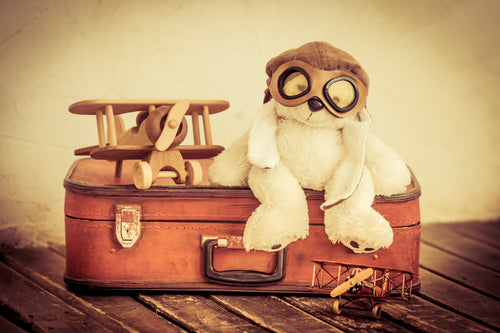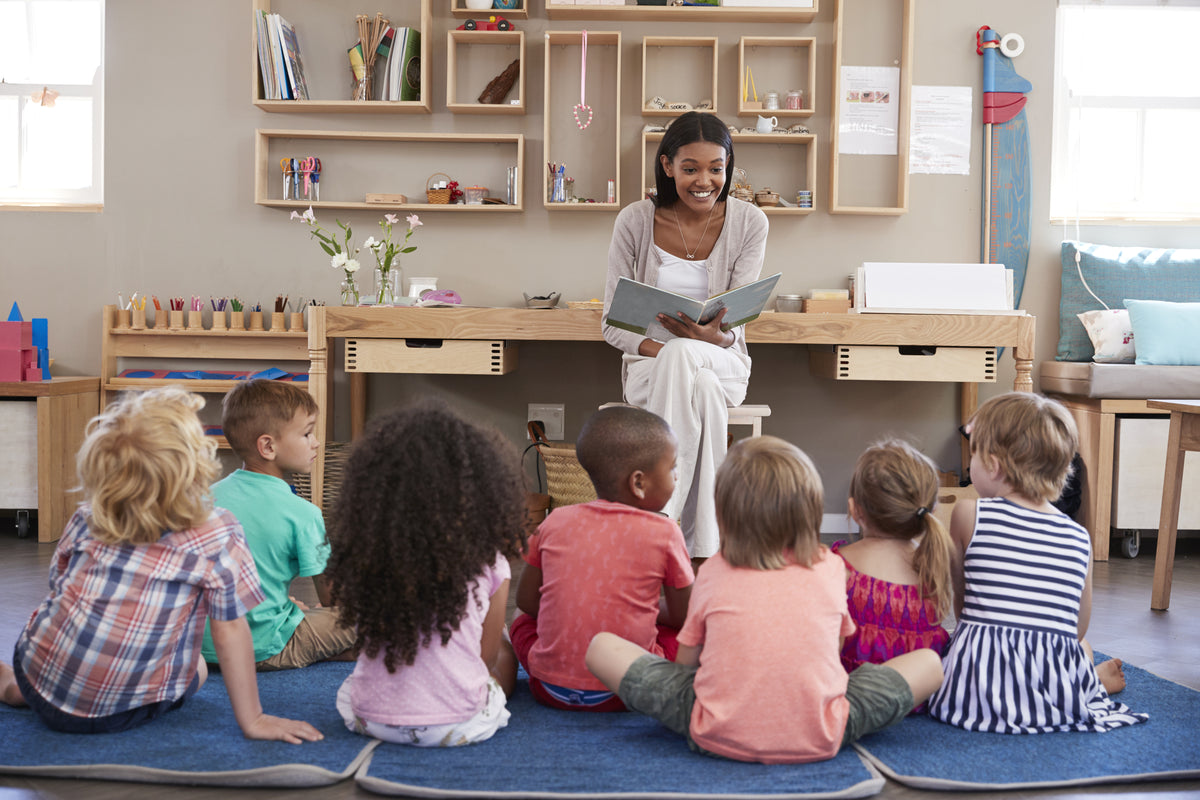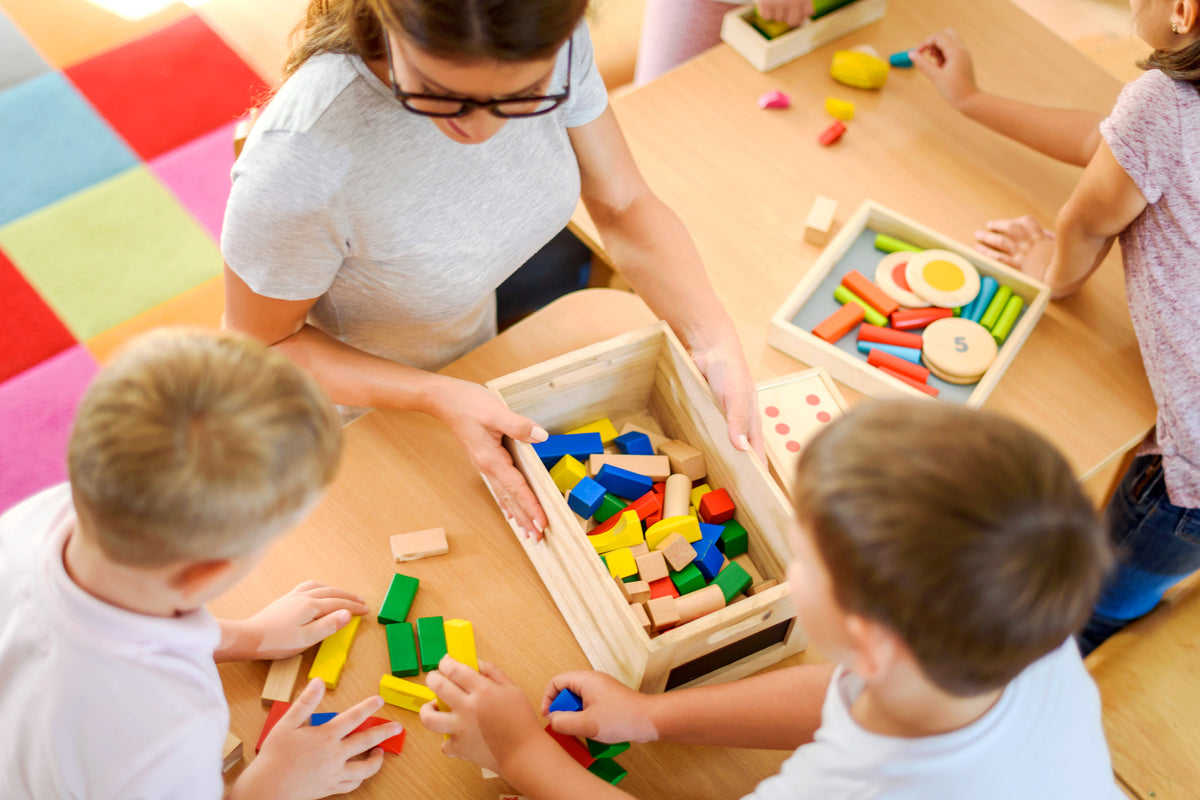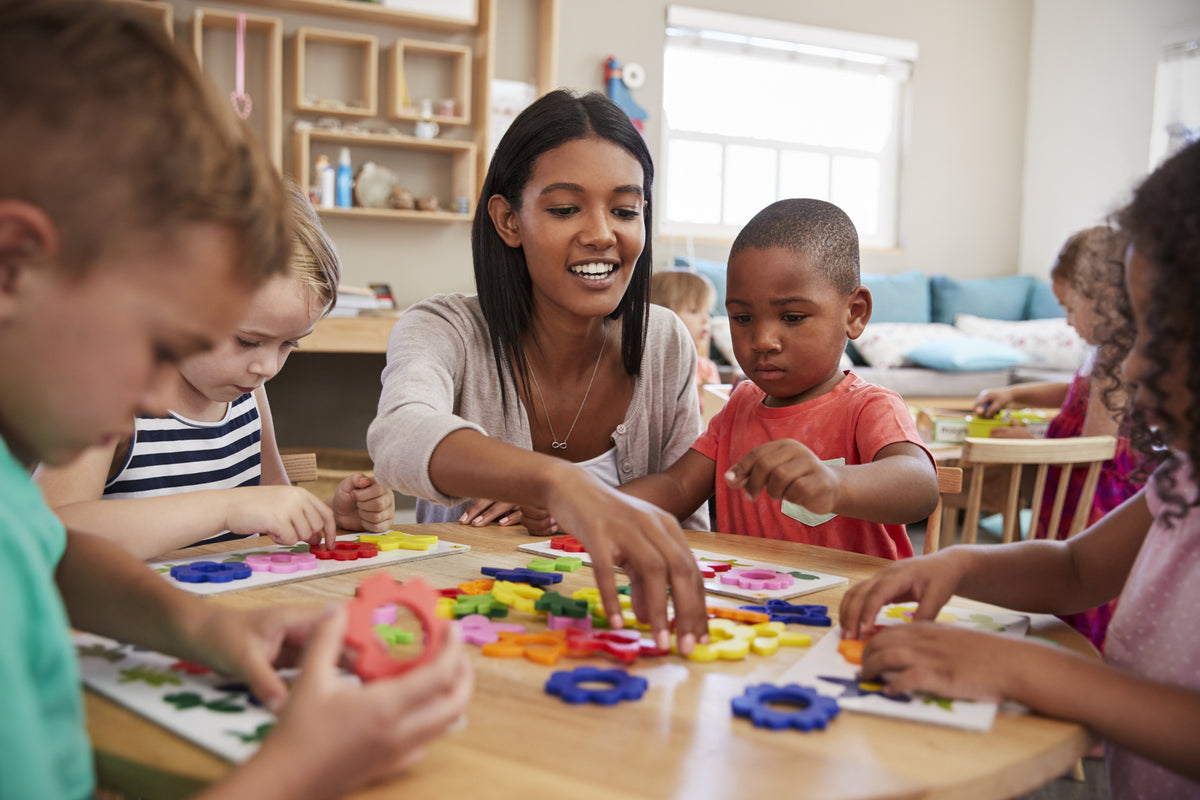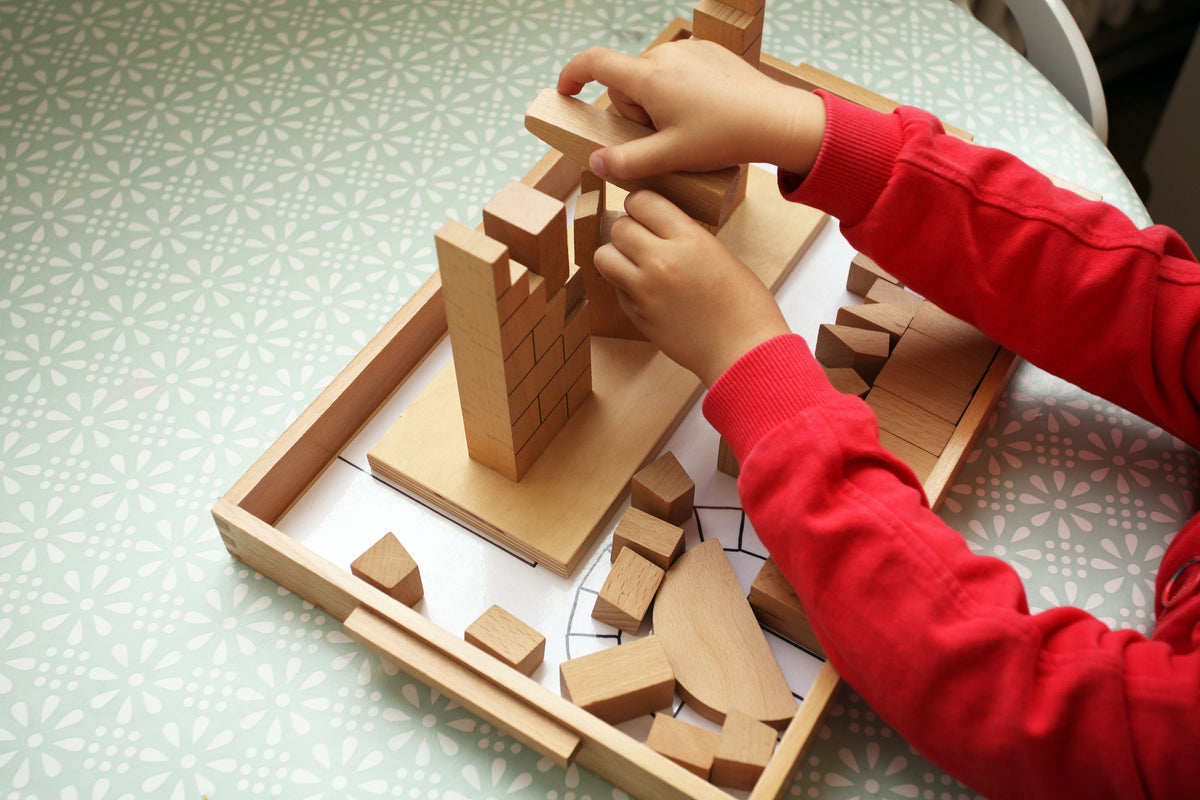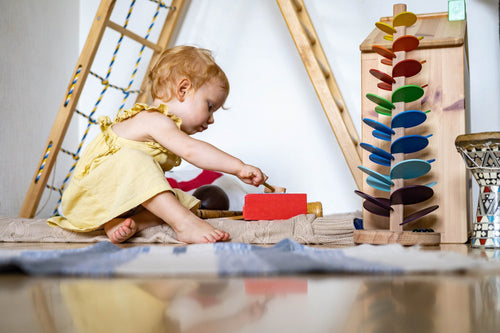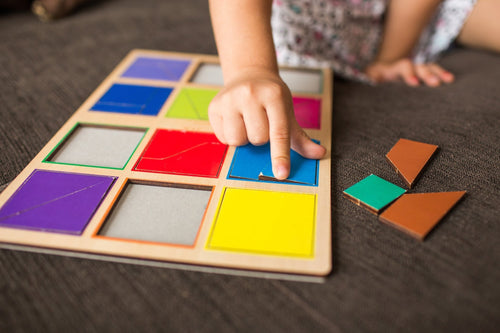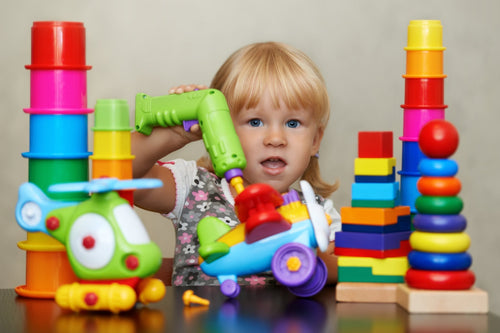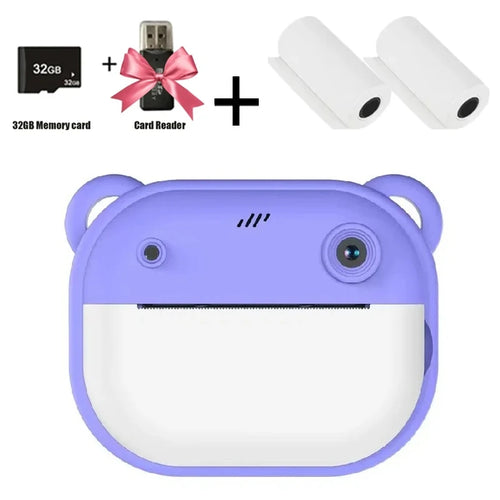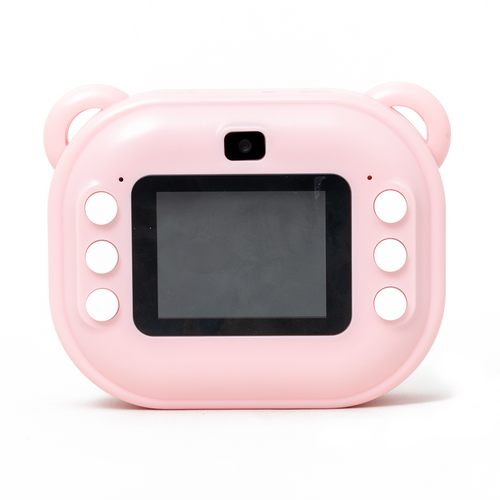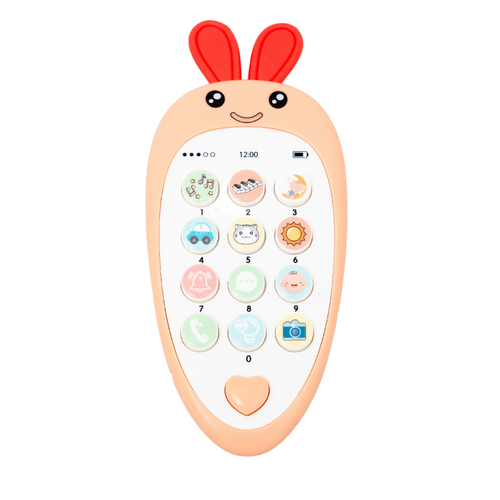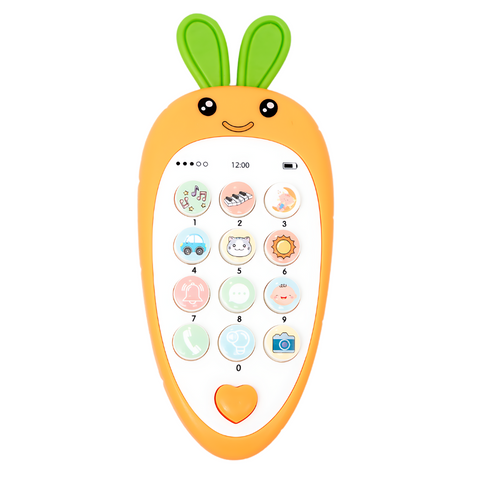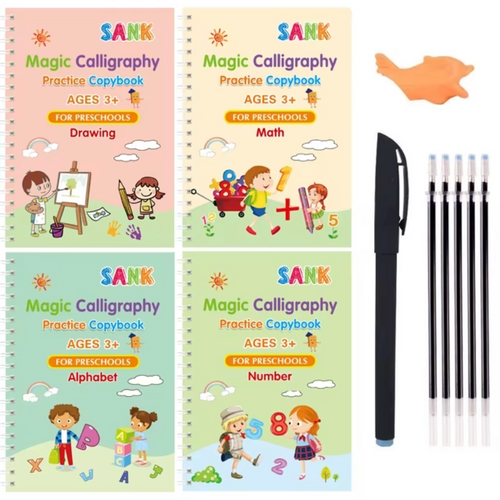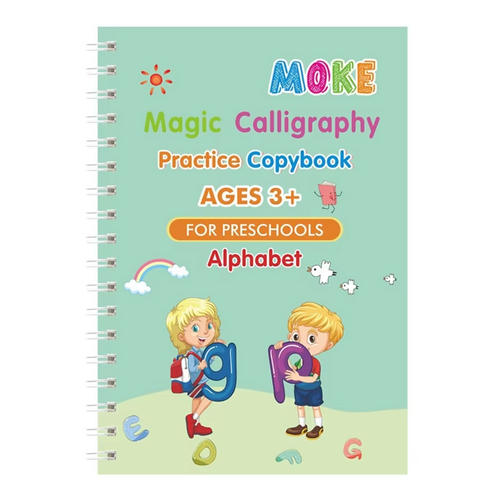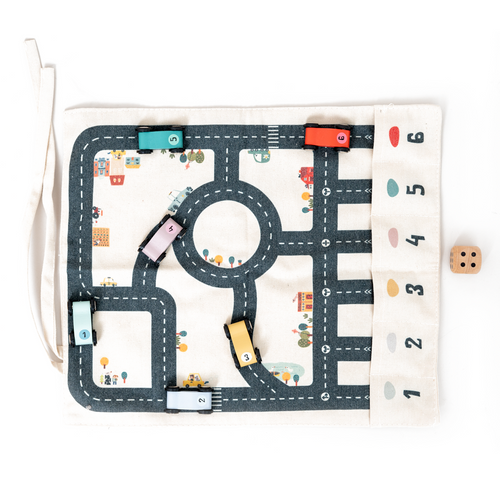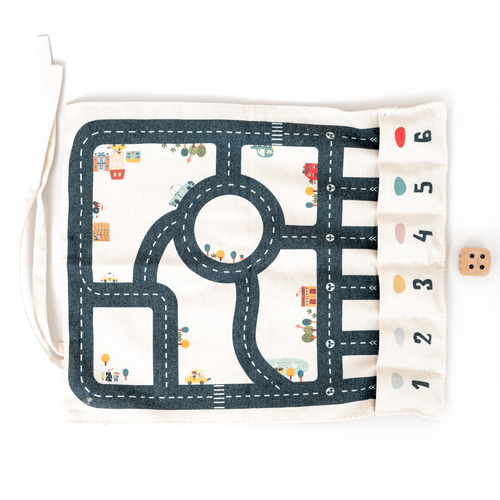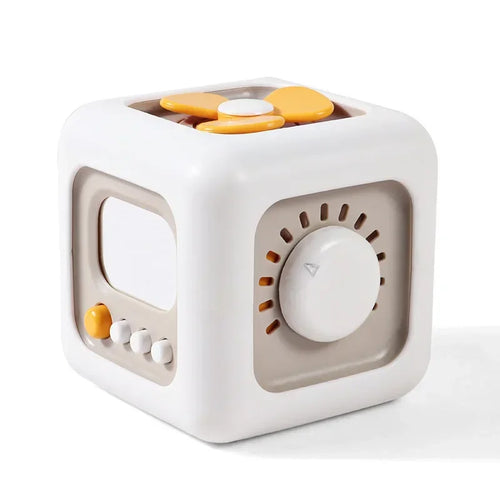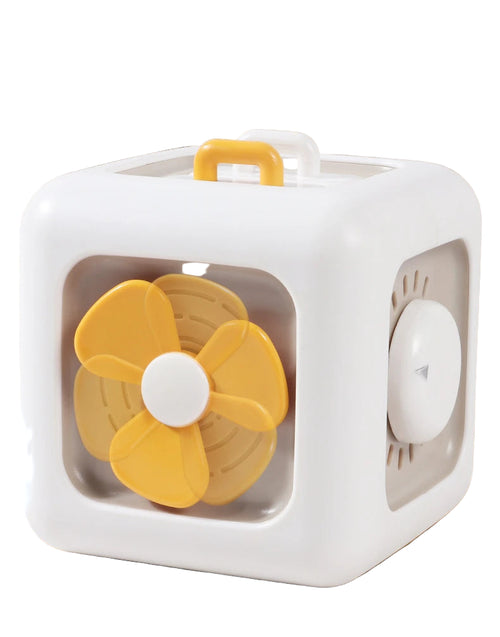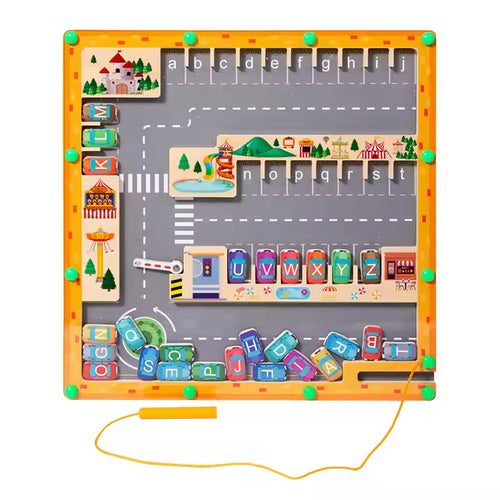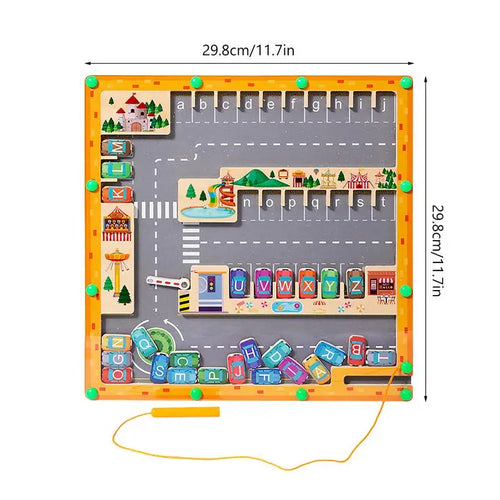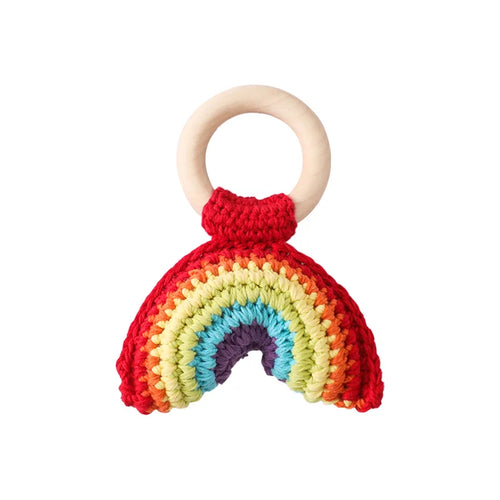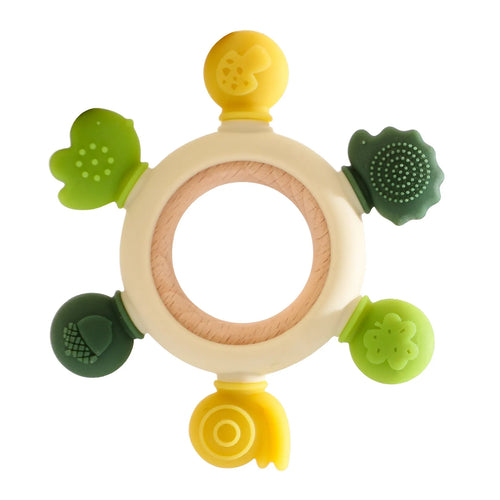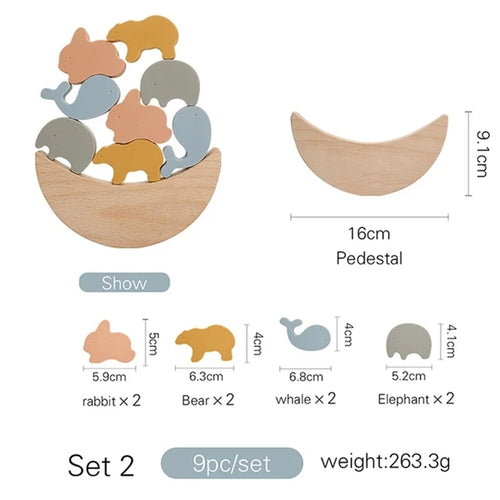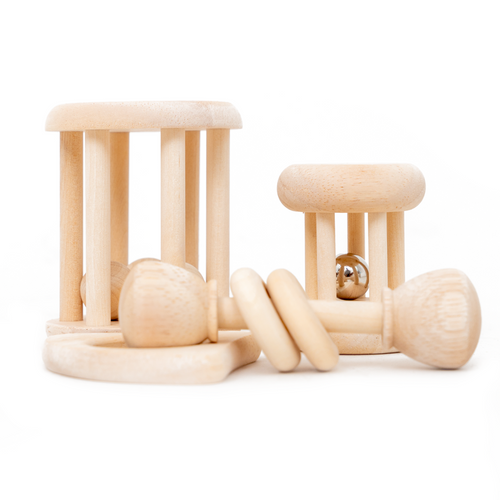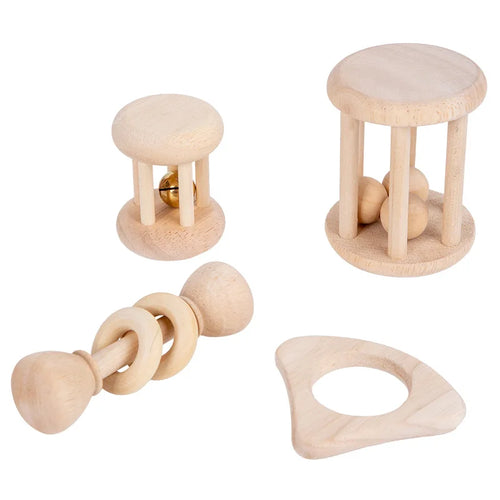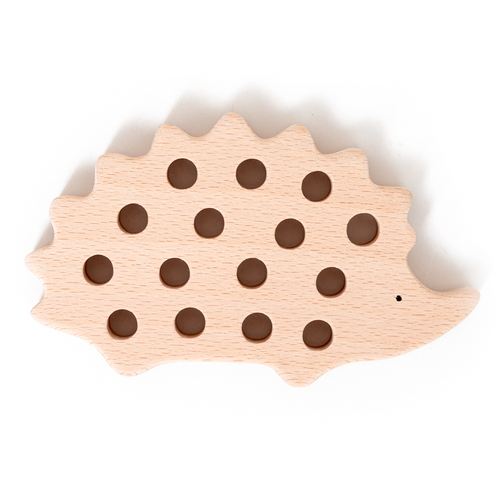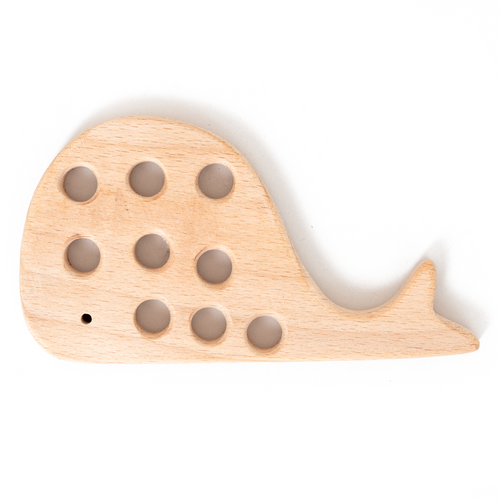TinyLearns • Parent-first, expert-guided
Quick picks:
- Car: magnetic maze, lacing cards with short cord, sticker booklet with peel tabs.
- Airplane: felt quiet book, coin-box posting with 6–8 large “coins,” reusable water-reveal book.
- Small spaces: tray of scoops + pom-poms (hotel bathmat as rug), mini geoboard, object↔picture matching.
First time here? Read: What Are Montessori Toys? • What Makes Montessori Toys Different? • How to Introduce Montessori at Home.
What makes a travel toy “Montessori”—and why does it matter on the go?
Short answer: It targets one skill, invites repetition, and lets your child succeed without you micromanaging. On the road, that simplicity equals fewer meltdowns and faster pack-ups.
- Single purpose: One clear goal (thread rings; match pictures; guide balls with a magnet) reduces sensory clutter in tight spaces.
- Control of error: Pieces fit only one way or self-check (e.g., cylinders that seat flush). Your child knows when it’s “done,” no constant prompts needed.
- Built for independence: Everything required fits in one pouch/tray. Your child opens, works, resets, and returns.
Tip: If a toy needs lots of pieces, limit the set (6–10 items) and pre-stage in a zip pouch so it’s travel-proof.
Sources (section): AAP: Toy Safety Tips; CDC: Child Development; AMI: Montessori Resources.
How do I build a Montessori travel kit that actually gets used?
Direct answer: Observe for 2–3 days before you leave. Pack two activities your child repeats at home, plus one novel activity at the same difficulty. Keep total to 3–4 trays/bags per day of travel (rotate, don’t pile).
Travel kit checklist
| Must-have | Why it helps | Travel-proofing tip |
|---|---|---|
| 1 work pouch per activity | Everything in one place = independence | Clear zip, labeled picture card |
| Lap “work rug” (thin cloth / bathmat) | Defines space, reduces drops | Non-slip backing for planes |
| Tether points / magnets | Prevents pieces escaping in transit | Choose chunky, high-contrast parts |
Rotation rhythm: On long trips, think 30–40 minutes work → snack/story → gross motor (walks, stretches) → repeat. Routine, not novelty, keeps behavior steady.
Sources (section): CDC: Activity Guidelines for Kids; NIH/NICHD: Early Learning.
What are the best Montessori travel toys for cars?
Short answer: Favor magnetic, sturdy, and one-piece boards your child can hold upright. Avoid rolling parts. For rear-facing kids, use lap-friendly work that’s easy to retrieve.
- Magnetic maze or tangram: Great pincer practice without spills.
- Lacing/card stitching with short cord: Builds bilateral coordination with a built-in “stop”.
- Sticker or reusable cling book: Peeling = pincer refinement; clings don’t mess seats.
Sources (section): NHTSA: Car Seats & Travel; AAP: Car Seats.
What works on airplanes when seats are tiny and neighbors are close?
Direct answer: Choose quiet, soft, and lap-stable materials: felt busy books, coin-posting with 6–8 large tokens, mini geoboard with a few bands, and water-reveal drawing. Model once slowly, then let your child repeat.
Flight setup (gate → seat → cruise)
- Gate: Movement time (window watching, marching steps). Save toys for after takeoff.
- Boarding/takeoff: One familiar activity only (felt book). New things wait until cruise.
- Cruise: Rotate 2 trays (20–30 minutes each) with story breaks; finish with quiet matching game for descent.
Ear pressure tip: Offer water or straw cup for swallowing on ascent/descent; for older kids, try a “yawn game.”
Sources (section): FAA: Flying with Children; TSA: Traveling with Children.
How do I set up a tiny, Montessori-friendly play space in hotels or grandparents’ homes?
Short answer: Claim one low surface (coffee table corner or floor rug) as the “work area.” Keep only 2–3 trays visible and store backups out of sight. Morning and bedtime “work cycles” anchor the new environment.
Micro-setup that works
- Define space: Lay a small rug/bathmat. Trays live at the top-left; finished work returns bottom-right.
- One skill per tray: Pouring pom-poms; tracing board + stylus; picture matching in envelopes.
- Cleanup ritual: Photo label on pouch; child matches pouch → tray → shelf (3-step independence).
Bonus: Bring a familiar bedtime book to signal “same routine, new place.” Routines reduce travel jitters.
Sources (section): AMI; Sleep Foundation: Children’s Sleep.
Which Montessori travel toys fit each age (0–6) without overstimulation?
| Age Band | Car | Airplane | Small Spaces | Browse |
|---|---|---|---|---|
| 0–12 months | Soft crinkle book; high-contrast cards | Fabric grasp rings; simple peek-a-boo cloth | Rolling drum on towel; object naming basket | Montessori • Sensory |
| 12–36 months | Magnetic maze; short-cord lacing; sticker book | Felt quiet book; coin-posting (6–8 tokens) | Pouring pom-poms; picture matching | Books |
| 3–6 years | Mini geoboard; magnetic pattern cards | Tracing boards; reusable water-reveal art | Sequencing cards; simple gears on tray | STEM • Language |
Sources (section): CDC: Positive Parenting & Milestones; NIH/NICHD.
How do I keep it calm (and clean) for hours?
Direct answer: Pre-teach the routine at home. On travel days, reduce choices to two trays on view. Include a tiny “care kit” your child can use to reset materials (mini broom/brush, two cloths, zip pouch).
Troubleshooting on the move
| If you notice… | Try this |
|---|---|
| Piece scatter | Switch to magnetic/tethered; add lap rug lip (towel edge) |
| 30-second toy hopping | Show two choices → child picks → 10-minute sand timer |
| Over-winding | Movement break (walk to window, isometrics, wall push-offs) |
Sources (section): CDC: Activity Guidelines.
What should I avoid—and how do I check safety quickly?
Short answer: Skip toy sets with dozens of tiny, rolling pieces; noisy/electronic toys (neighbors); and anything heavy in the car. For babies/toddlers, follow small-parts guidance and supervise transfers.
- Choking: Anything under 1.25 inches diameter is a risk for under-3s. Use a toilet-paper roll as a quick gauge; if it fits through, it’s too small.
- Materials: Choose non-toxic finishes (lead-safe, BPA-free). Wipeable surfaces are your friend on the go.
- Hygiene: Pack a gallon zip just for “needs washing.” Air-dry soft pieces overnight in hotels.
Sources (section): CPSC: Toy Safety; AAP: Toy Safety Tips.
How do I connect travel toys to learning—without turning vacation into school?
Direct answer: Keep language natural and tied to the moment: “You matched blue to blue,” “That line is long,” “You posted all 6 coins.” Narrate; don’t quizz.
- Fine motor: Lacing, posting, geoboards refine pincer, wrist stability, and bilateral coordination.
- Language: Real objects/photos and short phrases during routines (“zip,” “match,” “pour”).
- Executive function: Mazes and pattern cards invite planning, attention, and error-checking.
Sources (section): NIH/NICHD; Harvard Center on the Developing Child: Executive Function.
Sample “carry-on ready” kits (by scenario)
Car (2–3 hours)
- Magnetic maze; sticker/cling book; lacing card with short cord
- Mini brush & cloth; lap rug; two snacks + water
Flight (short haul)
- Felt quiet book; coin-posting (6–8 coins in a zipper wallet); water-reveal art
- Storybook; small headphones (if using white noise/music you provide)
Hotel/Airbnb
- Pom-pom pouring tray; tracing board; object↔picture match
- Work rug; bedtime book; photo labels for cleanup
Sources (section): FAA; TSA; AAP: Car Travel.
Related TinyLearns guides
- What Are Montessori Toys?
- What Are Sensory Toys?
- How to Introduce Montessori at Home
- Montessori Toys by Age (0–6)
FAQ: Montessori travel toys
How many activities should I bring for a 3-hour trip?
Two to three. Keep one familiar, one semi-novel. Rotate every 20–30 minutes with movement/snack breaks.
Are busy boards “Montessori”?
Choose boards with one or two related skills (zip, buckle) instead of crowded, flashy panels. Fewer, clearer elements = better focus.
What if my child drops pieces constantly?
Add a lap rug, choose magnetized/tethered items, and reduce set size. Model “return to pouch” when finished.
Sources & further reading
- American Academy of Pediatrics — Toy Safety Tips
- CDC — Child Development
- NIH / NICHD — Early Learning & Development
- U.S. CPSC — Toy Safety
- FAA — Flying with Children
- TSA — Traveling with Children
- Harvard Center on the Developing Child — Executive Function
- Association Montessori Internationale — Resource Library

